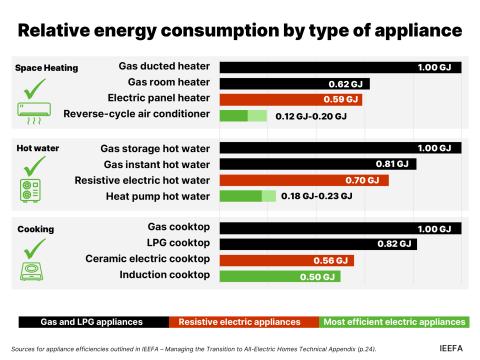New IEEFA Report: ‘Sub-Critical Australia’ East Coast Grid Needs an Electricity Market Plan
SYDNEY 17 May 2016 (IEEFA.org) – Australia’s east coast electricity market currently faces a disorderly transition resulting in the potential for black-outs and poor social and environmental outcomes, according to ‘Sub-Critical Australia,’ a new report released today by the Institute for Energy Economics and Financial Analysis (IEEFA).
According to the report, Australia’s National Energy Market (NEM) is fundamentally out of balance, but due to high exit barriers, first-mover disadvantage and policy uncertainty, supply has not adjusted sufficiently to match falling demand.
In consequence, the market is dominated by old polluting ‘sub-critical’ electricity generators, with in excess of 7000 MW surplus capacity in the system.
“Australia has one of the most inefficient pollution-intensive electricity systems in the world and no coherent plan to ensure an orderly transition,” said Tim King, Director of Energy Policy, Australasia, at IEEFA.
“Currently there is a remarkable approximately 16% excess capacity in the grid and without policy intervention, Australia faces long-term weaker wholesale prices, pressures on generator profitability and unforeseen shutdowns, not to mention poor environmental and social consequences.”
IEEFA calculates that while the remaining generators are currently profitable at the EBIT level, albeit by varying degrees, the system is highly vulnerable to shocks.
- The key risk is that market imbalances will heighten over the long term. This is largely because of demand side factors including growth in rooftop solar installations and the seismic shift in storage technologies, ongoing energy efficiency savings and a further decline in energy intensive industries, particularly the aluminium sector.
Without policy intervention, negative externalities not priced in by the market could result in less polluting generators closing first, energy security issues, unemployment and under-funded site-rehabilitation liabilities.
“It’s common sense that Australia should focus on phasing out the oldest and most polluting coal fired power stations first, but high exit barriers, first mover disadvantage and the absence of effective policy are acting as road blocks,” said King.
“It is imperative that policies are implemented to allow for a more predictable and faster phase out of the sub-critical generators. While others governments, such as those in Canada, the U.S. and the U.K. either have or are putting policies in place to address these issues, neither Australia’s electricity system, nor the transition plan, are fit for purpose. Putting off the task will likely make it harder, increasing the risks of poor outcomes along the way.”
FULL REPORT HERE: “‘Sub-Critical Australia’ Risks From Market Imbalance in the Australian National Electricity Market”
Timothy King is Director of Energy Policy, Australasia for the Institute for Energy Economics and Financial Analysis. King is a former managing director and head of company research at Deutsche Bank AG, Australia and New Zealand, where he served from 2003 to 2013.
Media: James Lorenz P +61 400 376 021 [email protected]
ABOUT IEEFA
IEEFA conducts research and analyses on financial and economic issues related to energy and the environment. The Institute’s mission is to accelerate the transition to a diverse, sustainable and profitable energy economy and to reduce dependence on coal and other non-renewable energy resources.
More here on IEEFA research: https://ieefa.org/category/subject/reports/












